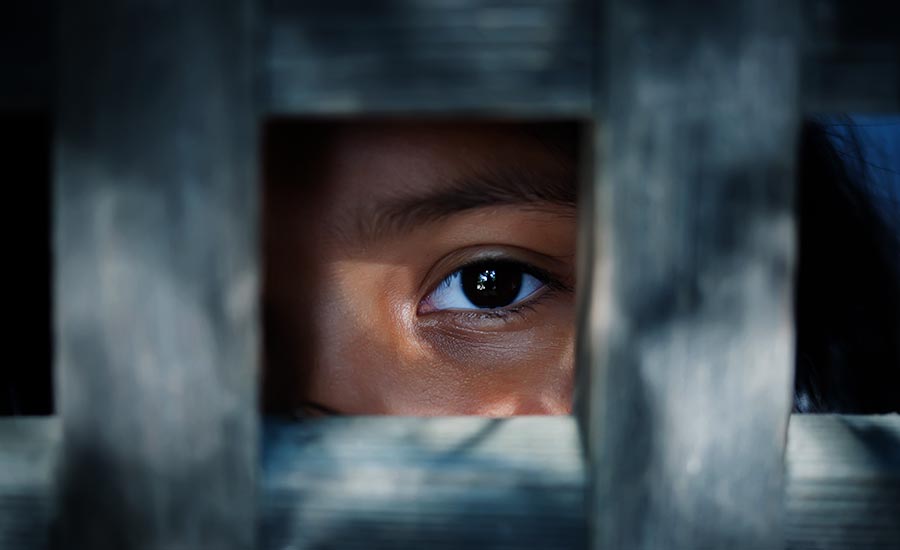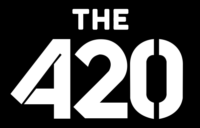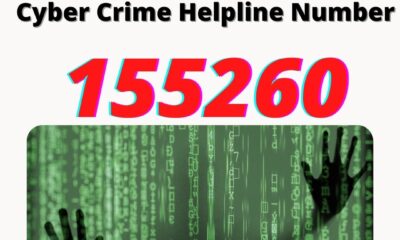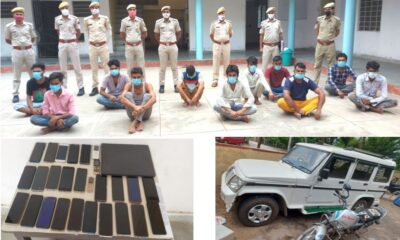Trending
The Dark Side Of Social Media, Newest Hunting Ground For Sex Traffickers

NEW DELHI: In the year 2020, 6,616 human trafficking cases were registered in India, out of which sex trade was the highest in numbers.
Have you ever wondered how this works? Traffickers utilize social media to track down preys who are under the age of 18 (both boys and girls). Traffickers research the possible victim’s profile, send a message to their DM’s/inbox, and use love and romance to get them to start a relationship. They mainly target younger girls and text them using someone else’s profile to establish trust. They also persuade the victim to meet in person to obtain a better job/lifestyle after gaining trust. They ask for compromising photos/nudes at first, which becomes their ultimate weapon in trapping youngsters in a situation where they can’t communicate with their parents or complain.
HUNTING GROUND
Social networking platforms has become a safe haven for sex traffickers, allowing them to operate beneath the radar of authorities and prey on unwary adolescents as well as job-seeking women in the guise of virtual anonymity.
According to reports, sex traffickers are increasingly using Facebook as a forum. 65% of child victims recruited on social media were recruited via Facebook, compared to 36% of adults. Following Facebook, Instagram and Snapchat were the most commonly mentioned social media sites for recruiting child victims. Experts said as the penetration of Facebook is wide and a large number of users are connected on the platform it has also evolved as a breeding ground for predators.
ALSO READ: Facebook Algorithm Saves Mumbai Man Attempting Suicide
According to experts, the syndicates are taking advantage of the increasing internet and smartphone penetration in rural and remote India. The use of technology has transformed traffickers into “ghost criminals,” as before the trade required personal interaction, but today they are luring people on mobile phones under the guise of jobs, money, and marriage.
A senior police officer said all traffickers use fictitious names, posing as entrepreneurs or global recruiters while engaging in criminal activity.

RURAL INDIA THE MAIN TARGET
It has been noted by experts that the majority of the victims are from rural and remote India. Delhi has become the biggest transit of human trafficking. Young girls from Northeast, Jharkhand, Bengal, Orissa are in majority. Northeastern girls are mostly sent to dance bars, spas, and prostitution whereas girls from Jharkhand and Bengal are sold as domestic help. The majority of hilly girls are forced into prostitution because of fairness and high demand, also sold in foreign. Some cases have been registered against spas that indulge the professional works into commercial sex.
When rescued and asked the reason or ways they fell in the trap were: better life by working independently, secure future in big cities, love, money, and compromising situations. Earlier, when there was no internet, these traffickers used to visit villages and promise the victim’s parents to send them to big cities for better job opportunities. But as the internet arouse in rural areas, the cases have drastically increased. These traffickers buy email addresses and mobile data of specific regions; randomly send messages through WhatsApp in bulk, about jobs and money to their target (economically backward). The one who replies is likely to fall into the trap. Every person associated with sex trafficking/exploitation uses WhatsApp to communicate; in fear of getting traced, they do not take phone calls.
Sex trafficking results in mental health issues such as anxiety, depression, PTSD. Forced sex with victims results in a high risk for HIV, TB, and other fatal STDs as condoms are rarely used. Sometimes, the victims are subjected to conditions of involuntary servitude which comprises non-payment wages, unlawful withholding of passports, restrictions on movements, or worse; physical and sexual abuse.
It is the second fastest-growing criminal industry after drugs. Over 2 million children and women are trafficked for sex in red-light areas of India. It is estimated by the government that girls make up the majority of children in sex trafficking. You will be shocked to see that children alone make up 40% of prostitutes. Educate your children on the importance of not sharing their personal/private pictures or information with online strangers, also not to accept friend/follow requests of unknowns.
Teaching them the danger of exploitation using social media might cut the risks of being targeted, also restrict the privacy of their children’s accounts.
Is there any legal law in India for sex trafficking? Yes, section 307 of IPC criminalized trafficking offenses that involve exploitation which include any act of physical or sexual exploitation, slavery, and servitude.
Follow The420.in on Facebook, Twitter, LinkedIn, Instagram, YouTube & Telegram














